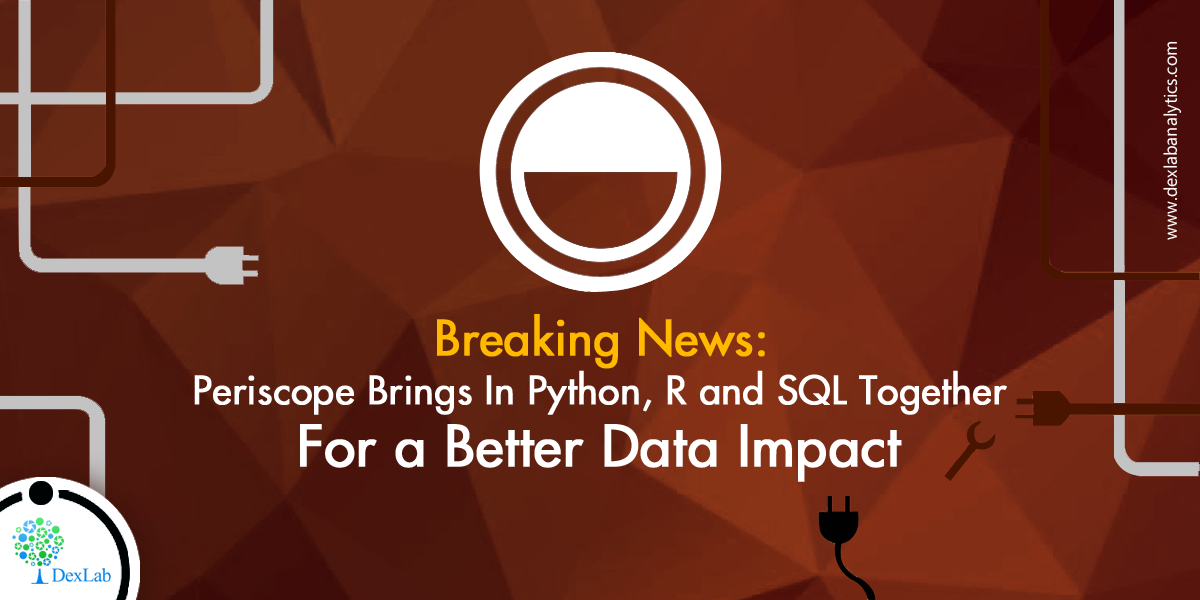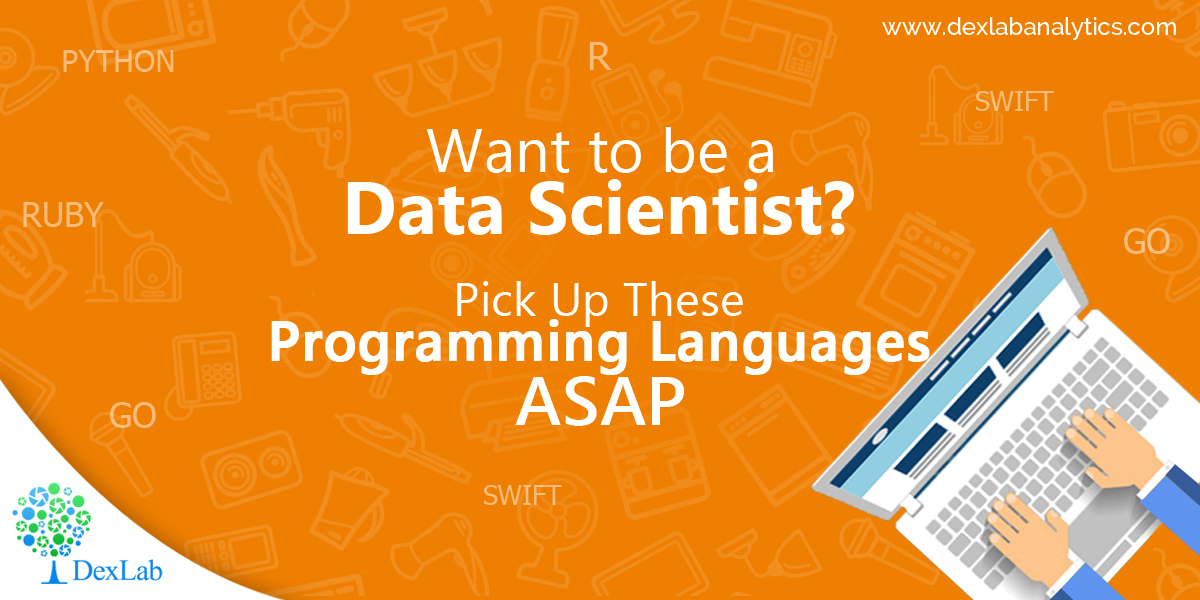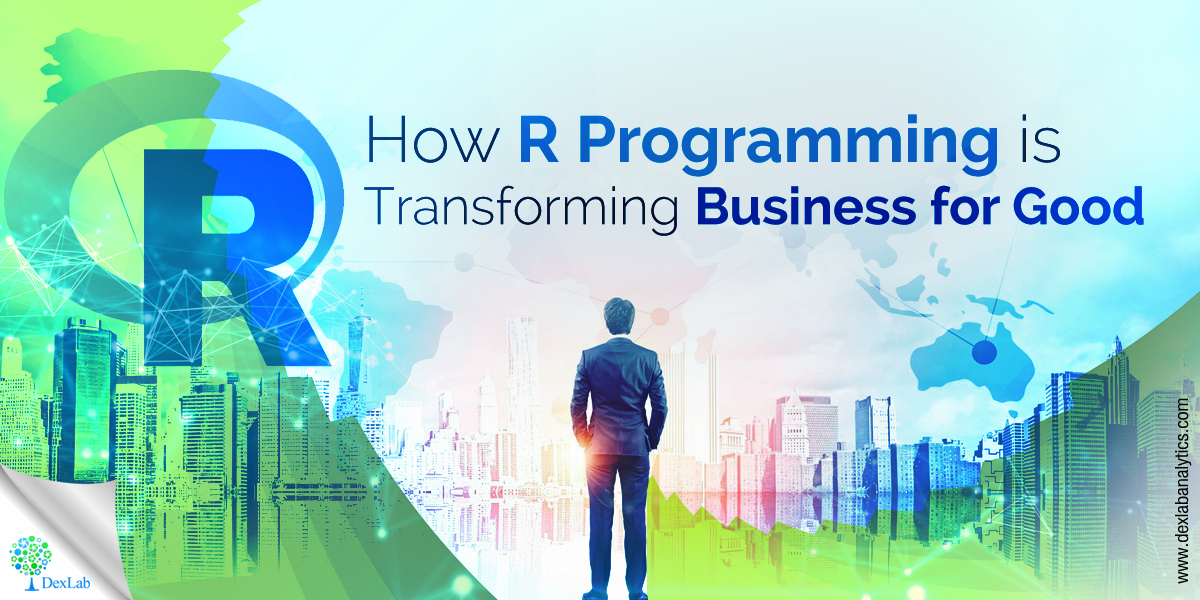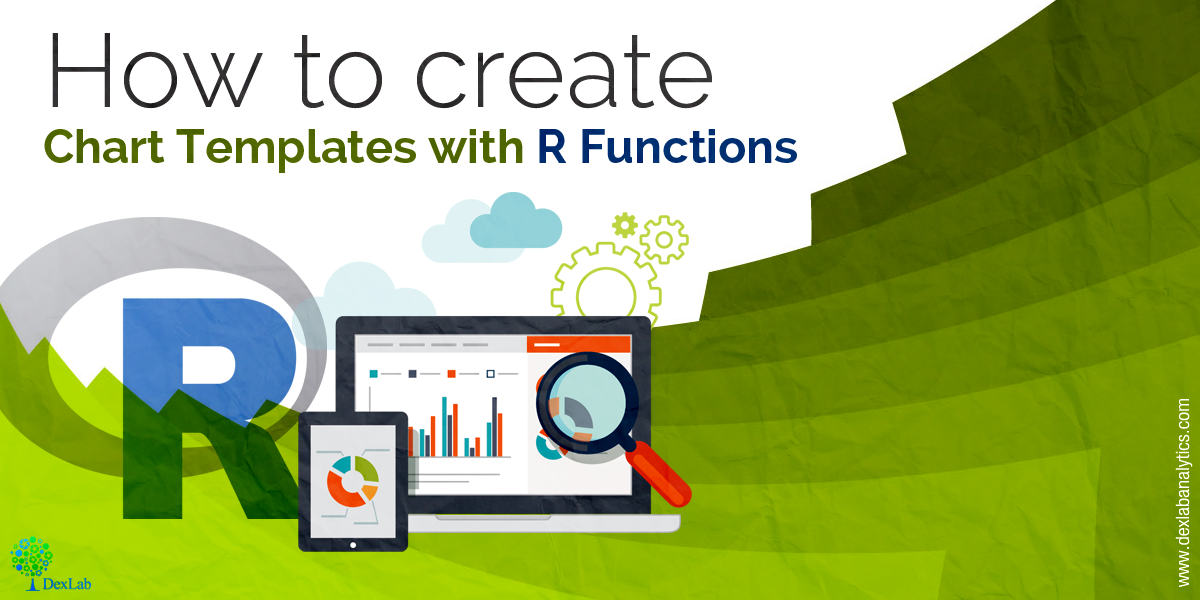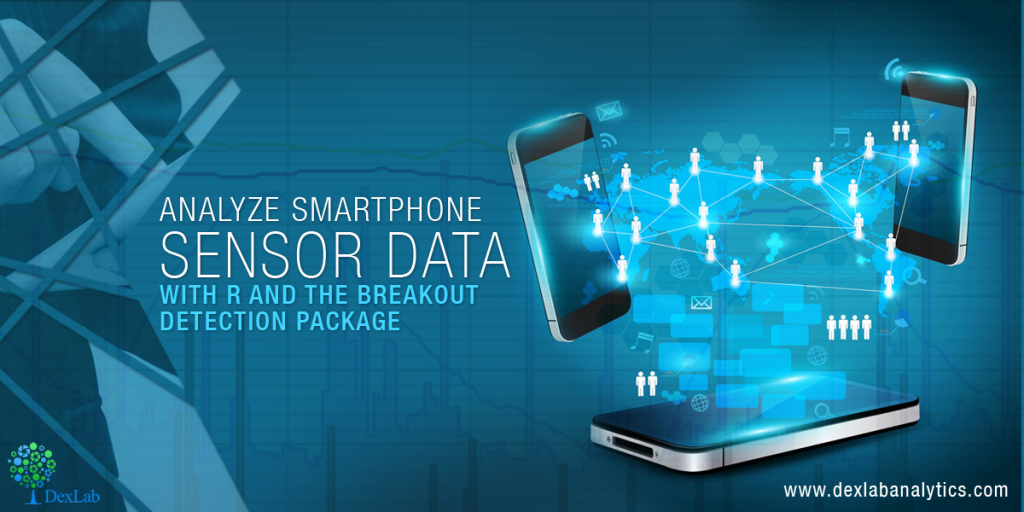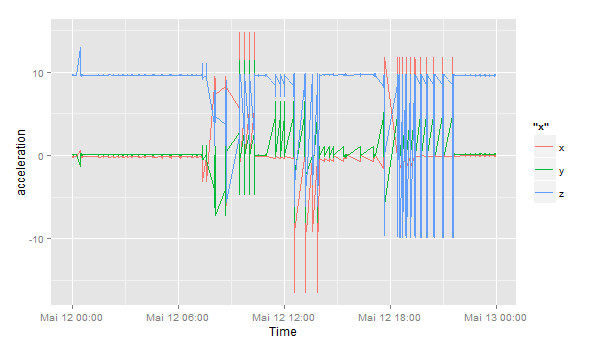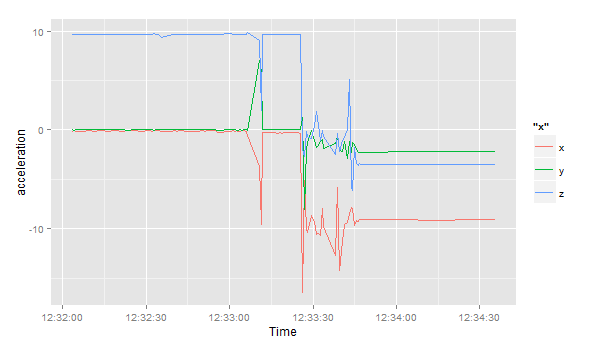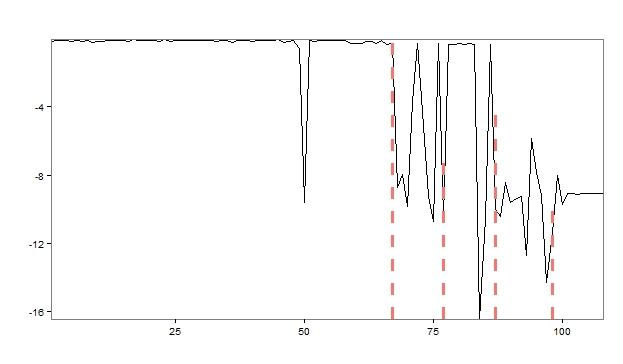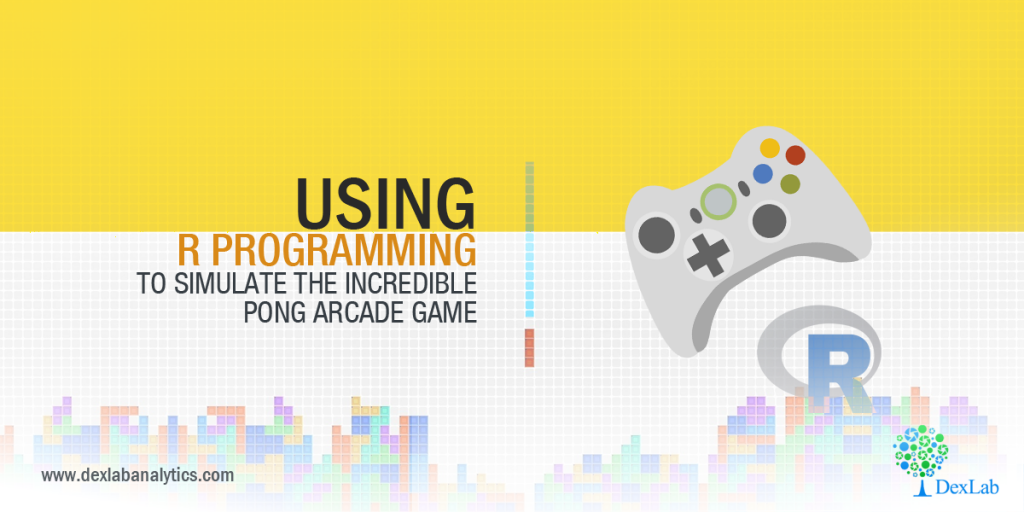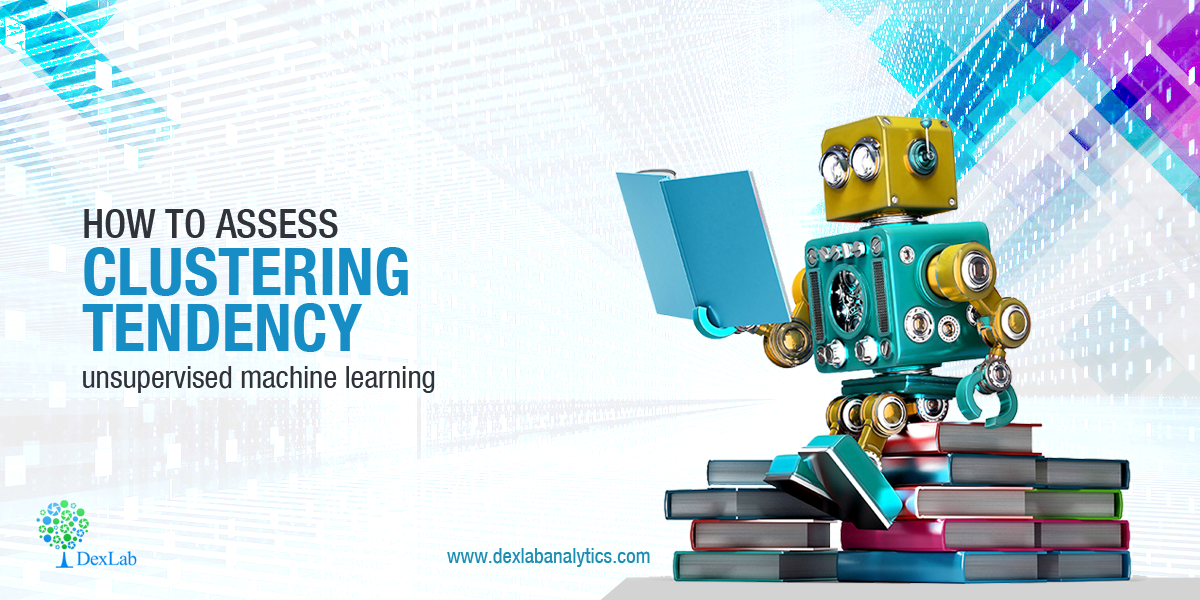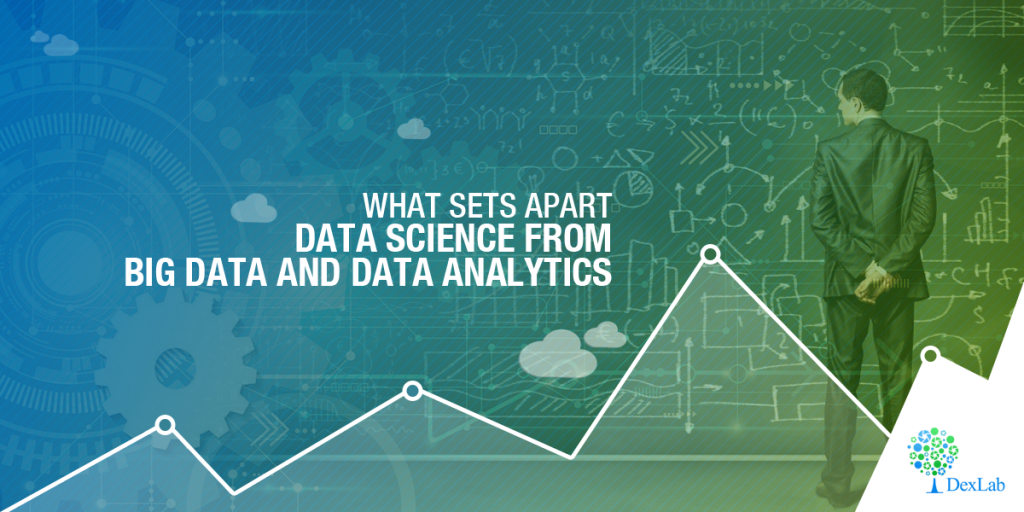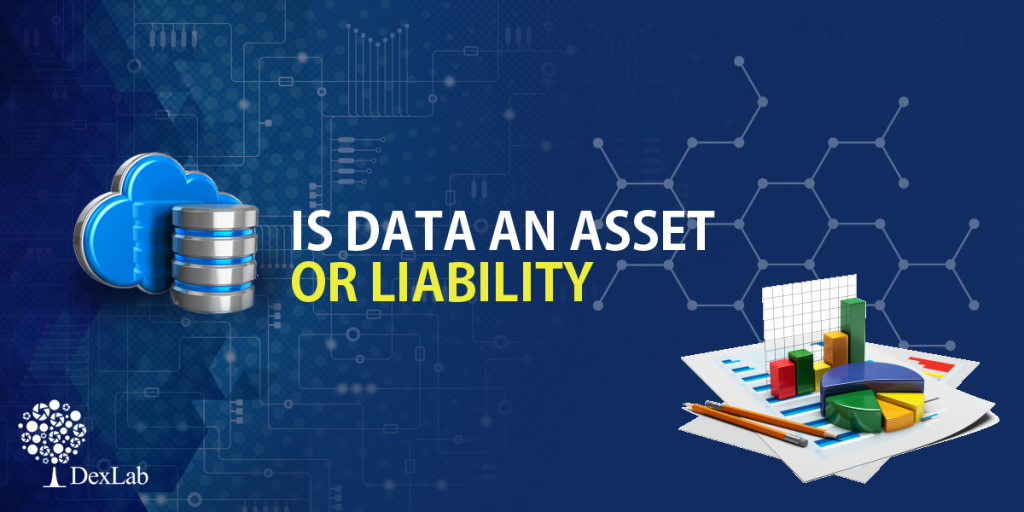Recently, a veteran data analytics software provider, Periscope Data announced some brand new developments while updating their Unified Data Platform for Python, R programming and Structured Query Language. This new Unified Data Platform will enable data professionals to work in sync with 3 key skills all on a single platform. Far more better analysis will be conducted using less time by altering data in SQL, executing complex statistical analyses in Python or R, followed by improved visualization, collaboration and reporting of results – all performed on Periscope’s dynamic analytics platform.
A massive data explosion is taking place around the world around us. More than 90% of the world’s data has been created in the past two years, and the numbers are still on the rise. To this, new levels of sophistication needs to be added to analyze the complexity of data – “The addition of Python and R support to our Unified Data Platform gives our customers a unique combination of tools – from machine learning to natural language processing to predictive analytics, analysts will be able to answer new questions that have yet to be explored,” says Harry Glaser, co-founder and CEO of Periscope Data.
The inclusion of Python and R support in Periscope framework comes with ample benefits, and some of them are highlighted below:
All data at a single place
Instead of relying on several data sources, Periscope Data prefers to combine data together collected from various databases to bring them to a single platform, where nothing but a single source of truth for data is established. The data collected is updated and in crisp format.
Predictive analytics
It’s time to leverage Python and R libraries and move beyond the conventional historical reporting for the sake of modeling predictions. With lead scoring and churning prediction, businesses are now in a better position to derive significant insights about a future of a company.
No more switching between tools
Seamlessly, users can switch between querying data in SQL and analyzing data in R or Python, all at the same time on a same platform. Data professionals will be able to modify their datasets, enhance the performance of their models and update visualizations from a single location.
Mitigate data security concerns
The integration of R, Python and SQL by Periscope Data ensures the data professionals can run and share all sorts of models securely and in full compliance with all the norms, instead of seeking open source tools. Periscope Data is SOC2 and HIPAA compliant. It performs regular internal audits to check compliance requirements and safety issues.
Efficient collaboration with teams
As all the analysis takes place in a central location, be sure all your insights will be thoroughly consistent, secure and free of any version-control issues. Also, Periscope Data allows you and your team members the right to read and write access when required.
Easy visualization of analysis
To develop powerful visualizations that reach one’s heart and mind, leverage Periscope’s resources to the optimum levels. Data teams allow users to easily visualize through R packages and Python libraries so as to nudge users to explore the better horizons of data.
To learn more about R programming or Python, opt for Python & Spark training by DexLab Analytics. R language certification in Delhi NCR empowers students and professionals to collaborate and derive better insights faster and efficiently.
Interested in a career in Data Analyst?
To learn more about Data Analyst with Advanced excel course – Enrol Now.
To learn more about Data Analyst with R Course – Enrol Now.
To learn more about Big Data Course – Enrol Now.To learn more about Machine Learning Using Python and Spark – Enrol Now.
To learn more about Data Analyst with SAS Course – Enrol Now.
To learn more about Data Analyst with Apache Spark Course – Enrol Now.
To learn more about Data Analyst with Market Risk Analytics and Modelling Course – Enrol Now.
